


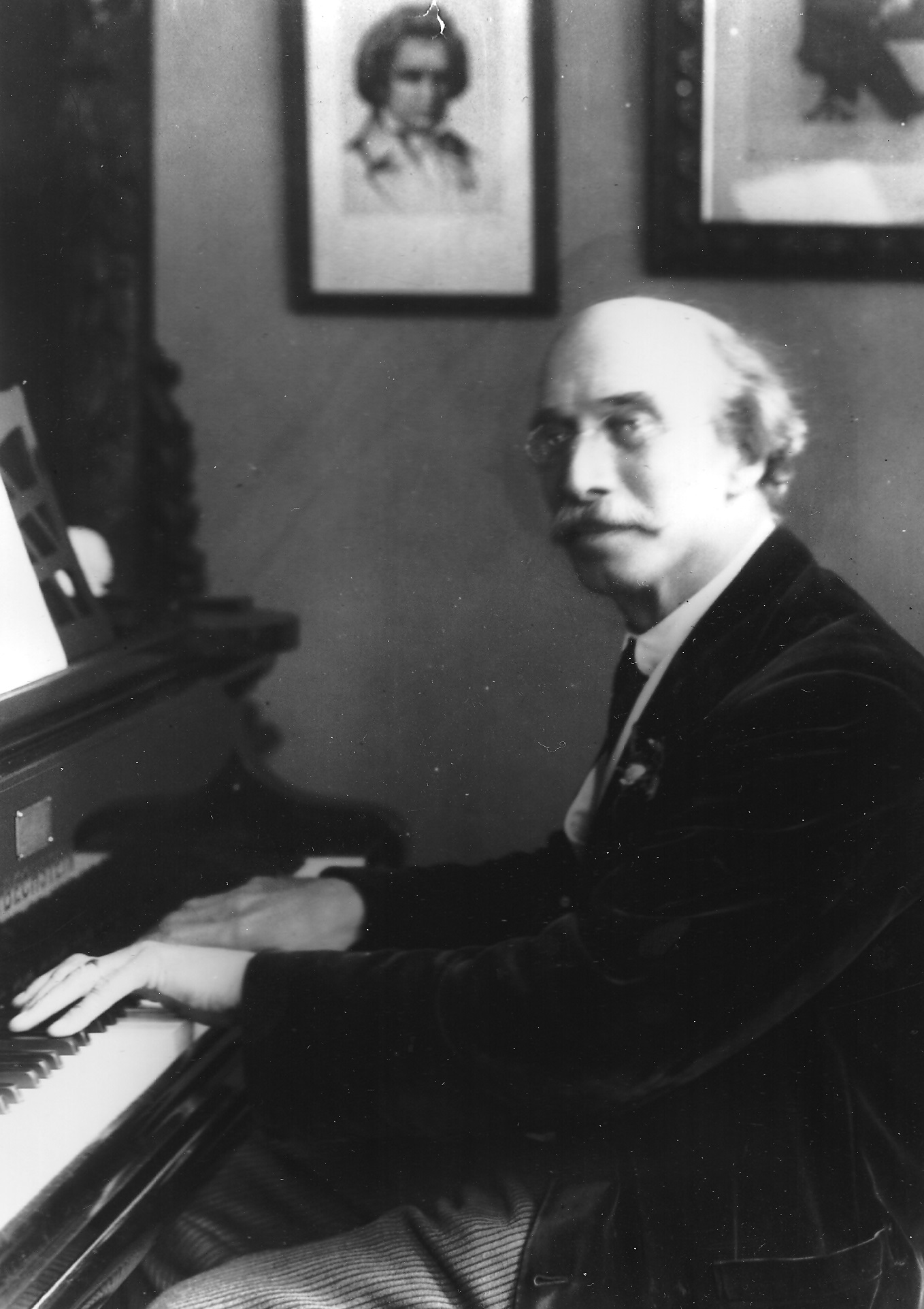


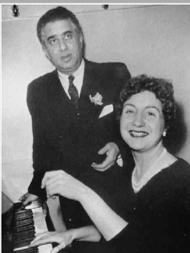


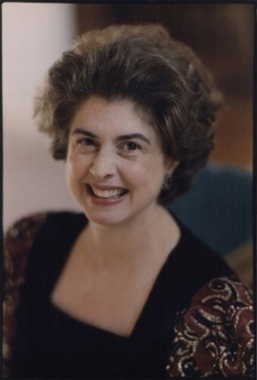
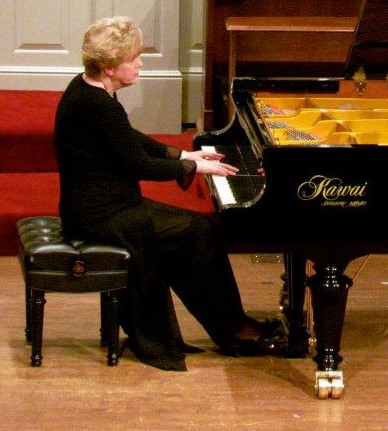
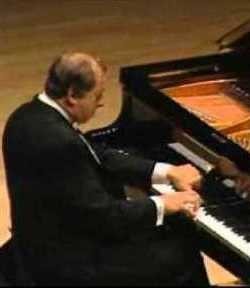
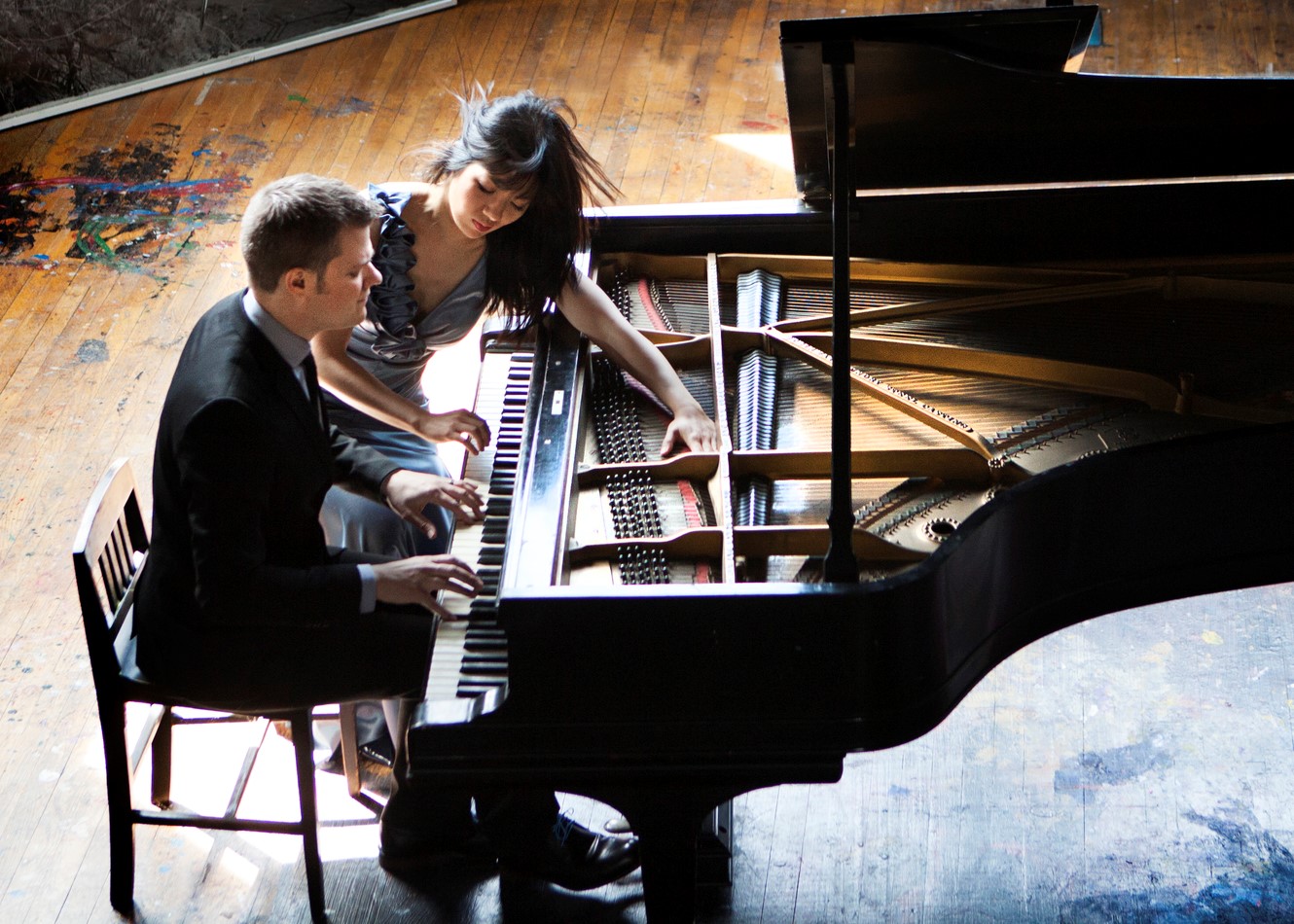
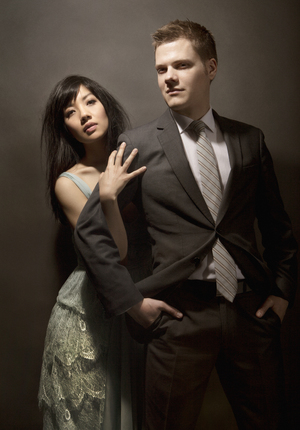
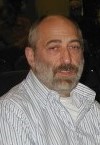
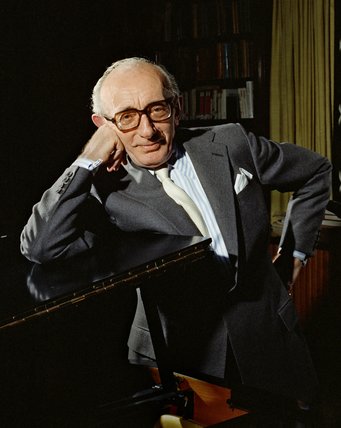

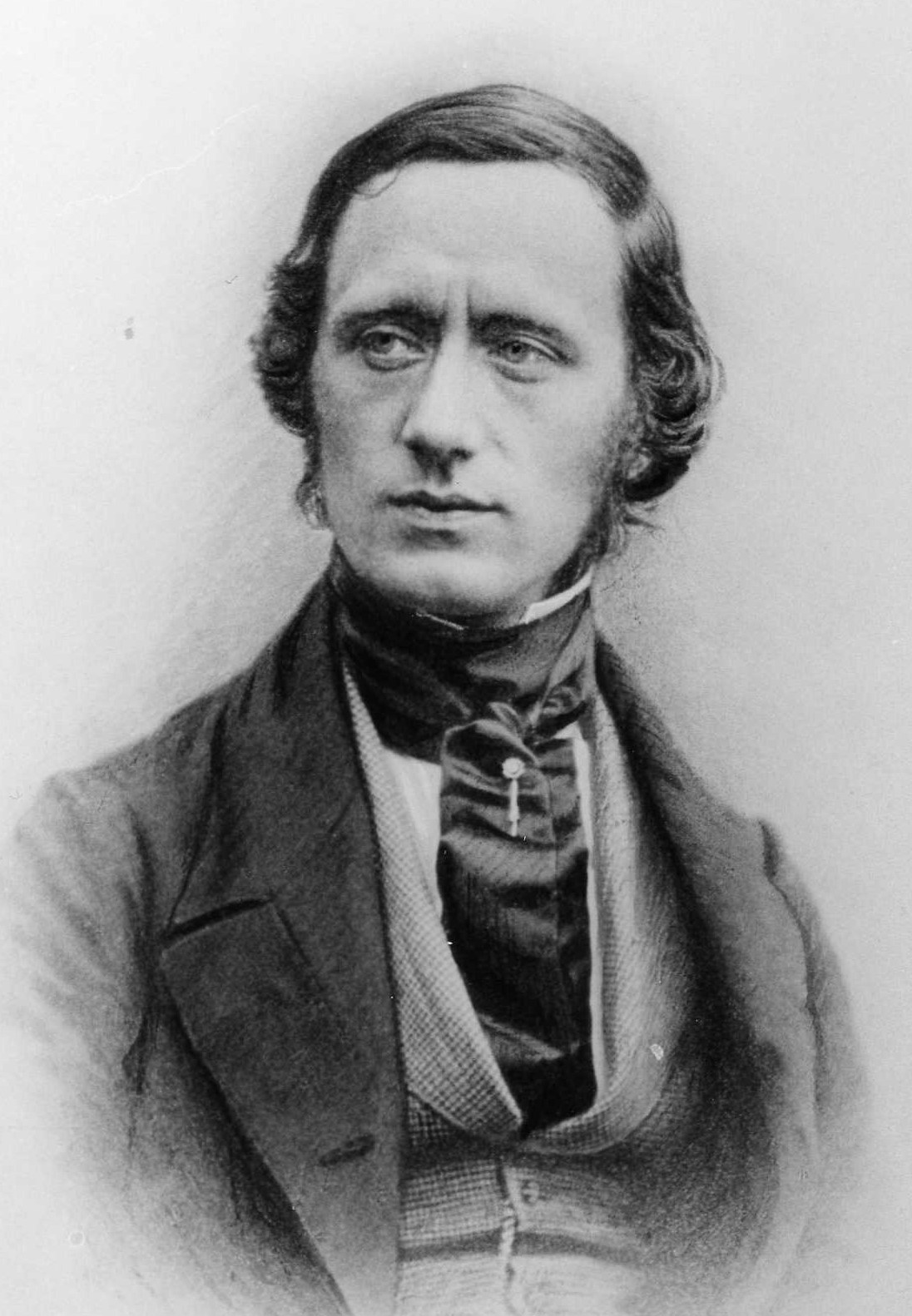
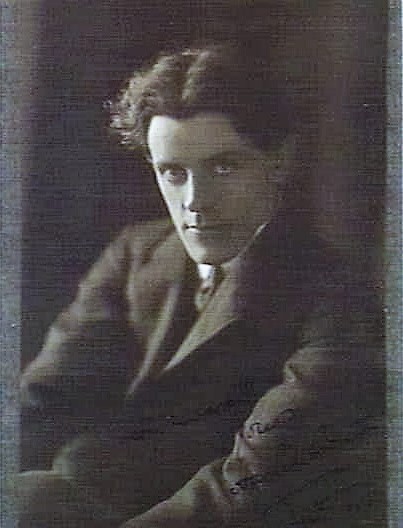
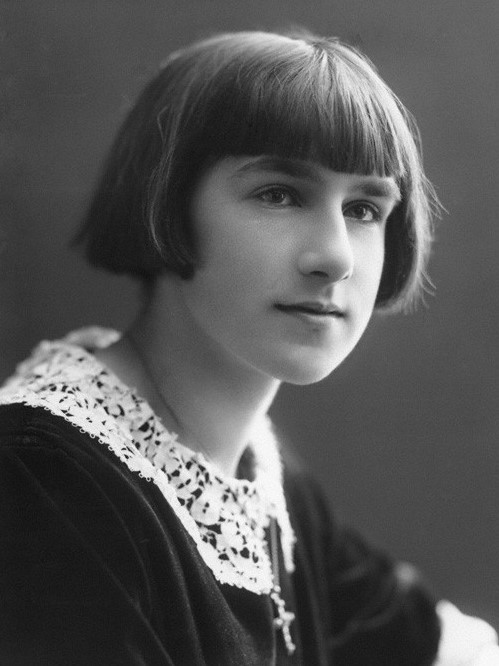
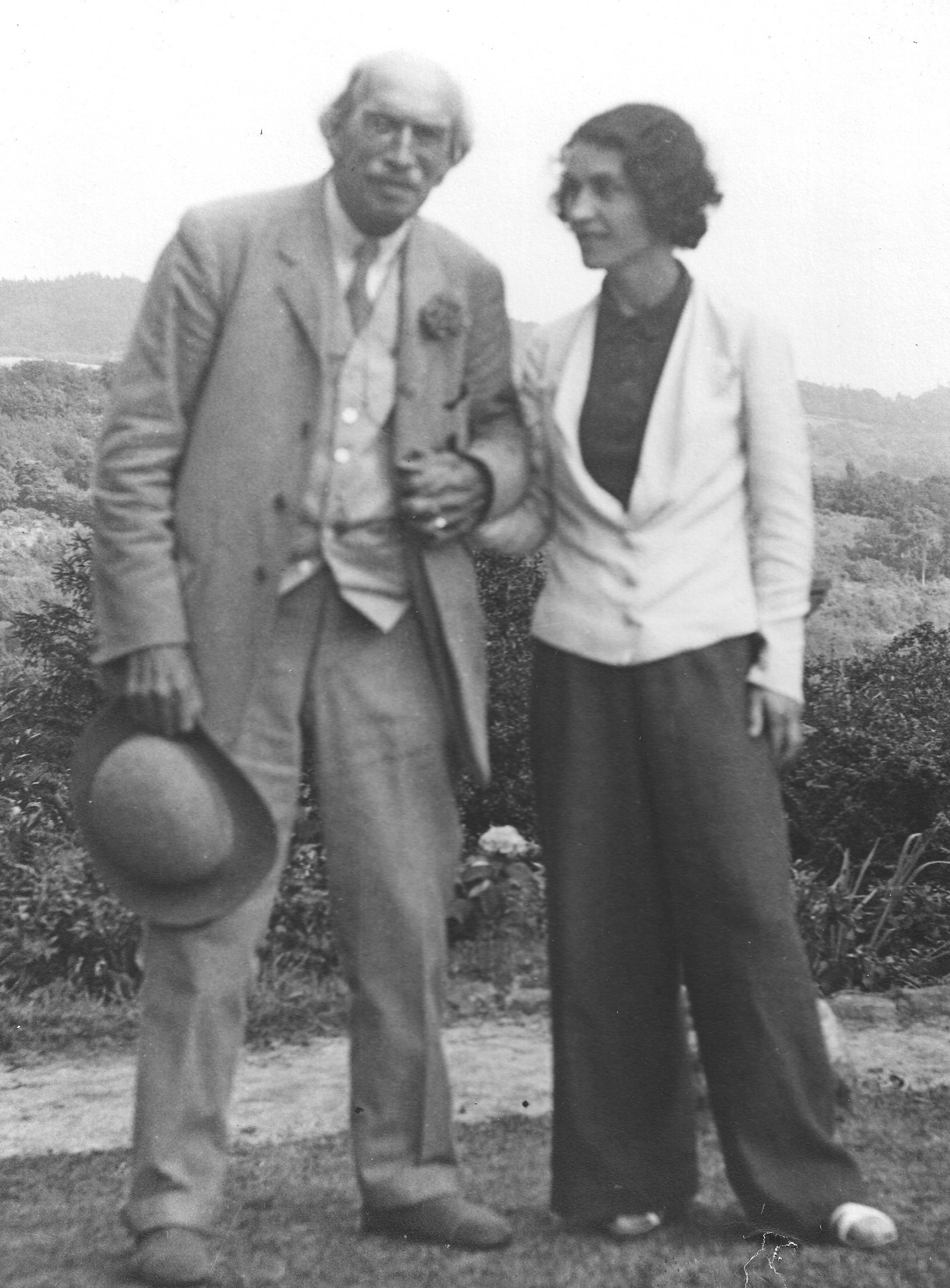
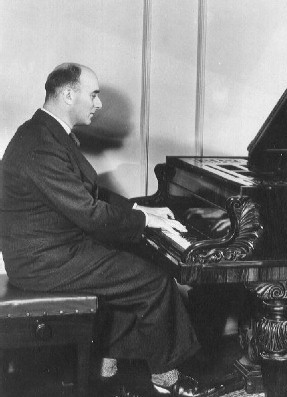




The School is served by two major buildings. Music Building I, constructed in 1963, houses classrooms and seminar rooms, Esber Recital Hall, the choral rehearsal room, a graduate resource center, the choral music library, faculty and graduate student offices, all music administrative offices, and organ practice rooms.
Connecting to Music Building I by a second-floor breezeway (pictured at right) and student lounge, Music Building II was constructed in 1993. It houses faculty studios and graduate student offices, percussion studios and storage, classrooms, the instrumental ensemble library, music technology facilities, numerous practice rooms, a piano lab consisting of 17 Yamaha Clavinovas, and a suite of four recording studios that serve the dual purposes of providing training in audio production and of producing professional quality audio projects.
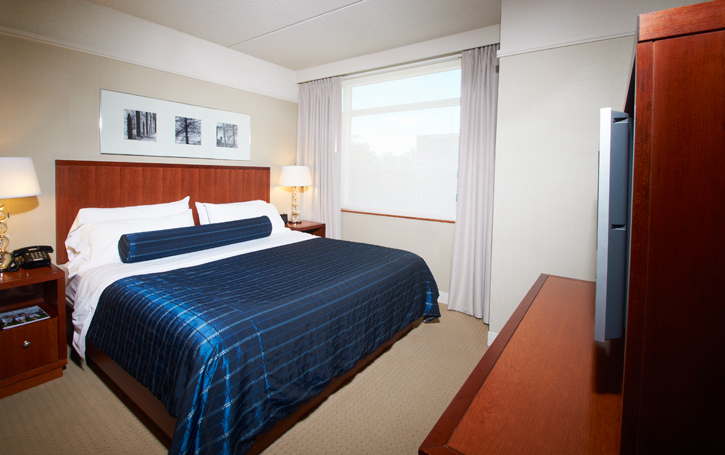
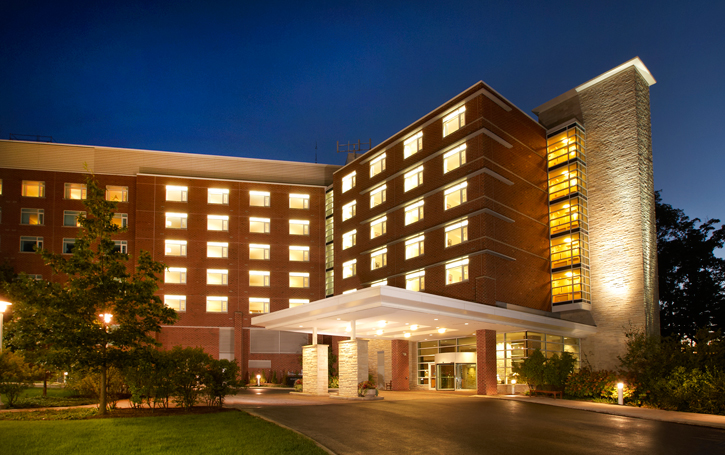
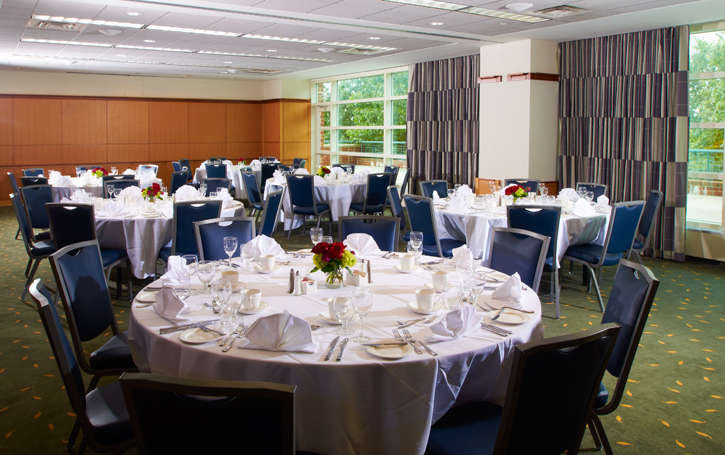

This year's banquet will also take place at the Penn Stater, on Saturday, June 4, with a cash bar opening at 6 pm, followed by dinner at 6:30. This year, diners will have a choice of either a beef, chicken, or vegetarian option for a price of $35. Please click on the registration form at the bottom of this page to indicate your choice.
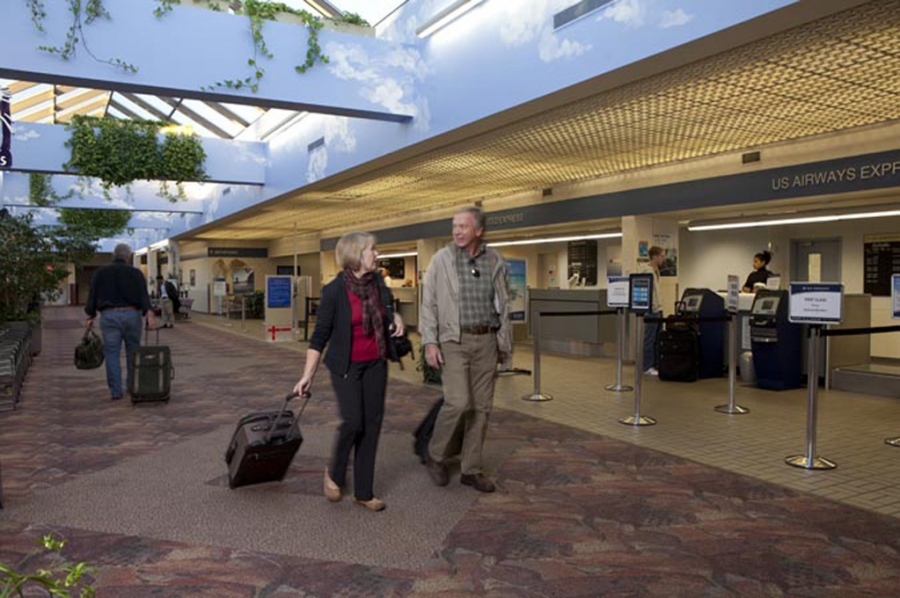
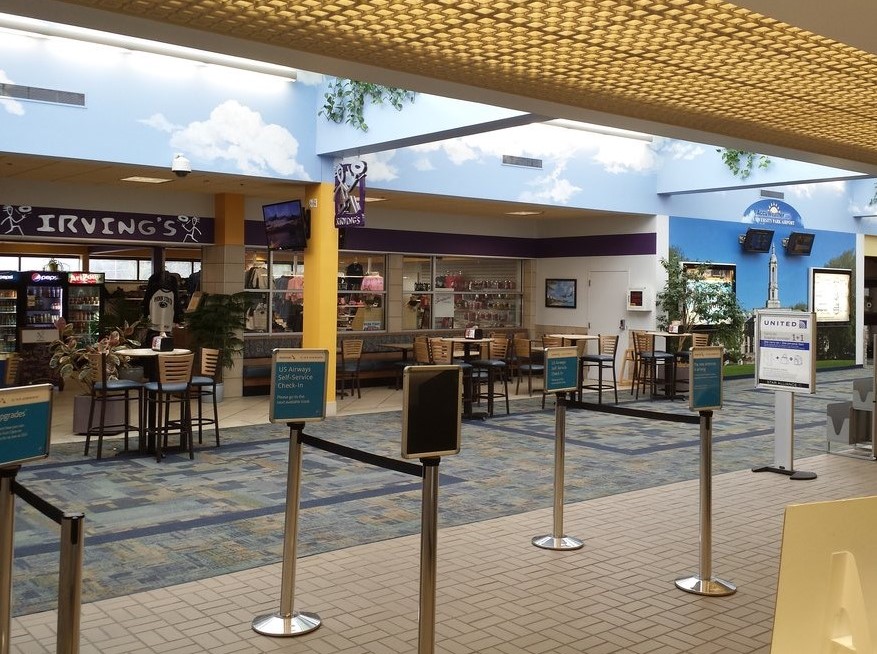
 Festival Program
Festival Program
 Festival Registration
Festival Registration
 Back to Matthay Home Page
Back to Matthay Home Page